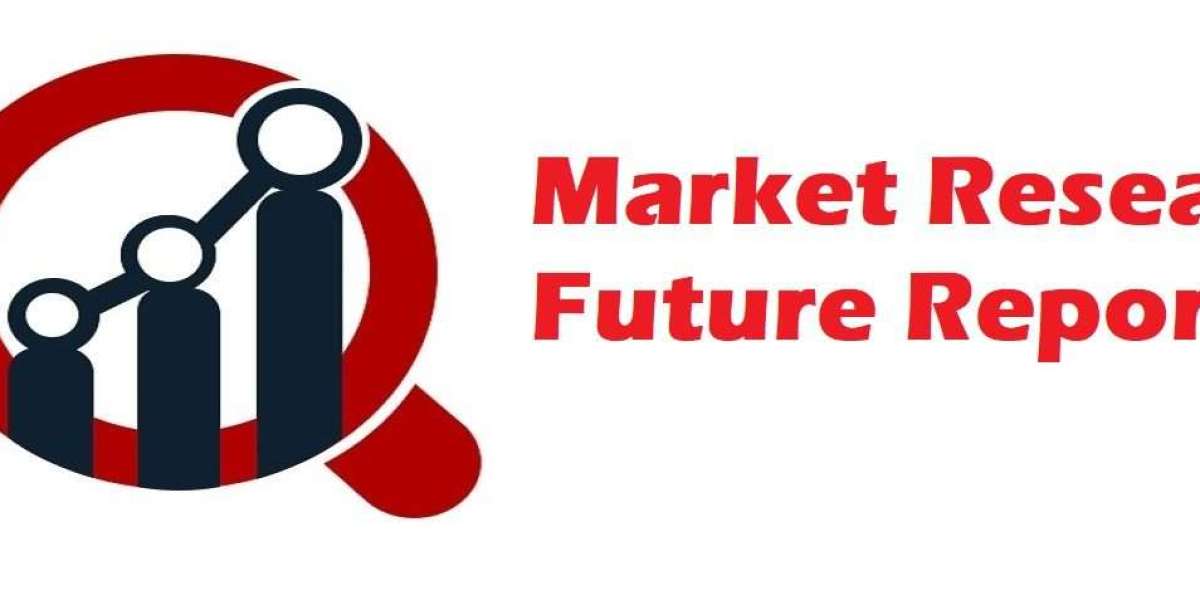Commodity price prediction is essential for stakeholders across various industries, helping them make informed decisions and mitigate risks. PriceVision, a leading platform for price discovery and forecasting, employs a variety of methods to provide accurate and reliable predictions. This blog explores these methods in detail, highlighting how they work and their significance in the market.
1. Historical Data Analysis
Historical data analysis is a fundamental method in commodity price prediction. By examining past price trends, market behaviors, and historical events, analysts can identify patterns and cycles. PriceVision utilizes sophisticated algorithms to analyze historical data, accounting for seasonal variations, economic cycles, and market anomalies. This method helps in understanding long-term trends and predicting future price movements based on historical patterns.
2. Technical Analysis
Technical analysis involves studying price charts and trading volumes to forecast future price movements. PriceVision employs various technical indicators such as moving averages, relative strength index (RSI), and Bollinger Bands. These indicators help in identifying market trends, support and resistance levels, and potential reversal points. Technical analysis is particularly useful for short-term predictions and is a favorite tool among traders looking for quick market insights.
3. Fundamental Analysis
Fundamental analysis focuses on evaluating the intrinsic value of a commodity by examining economic indicators, supply and demand factors, geopolitical events, and macroeconomic trends. PriceVision integrates real-time data from various sources to provide a comprehensive fundamental analysis. This method helps in understanding the underlying factors driving price changes, making it invaluable for long-term investment decisions.
4. Sentiment Analysis
Sentiment analysis involves gauging market sentiment by analyzing news articles, social media posts, and other public forums. PriceVision uses advanced natural language processing (NLP) techniques to assess market sentiment. By understanding the mood of the market, whether bullish or bearish, sentiment analysis can provide insights into potential price movements. This method is particularly effective during periods of high market volatility.
5. Machine Learning Models
Machine learning models are becoming increasingly popular in commodity price prediction. PriceVision employs various machine learning algorithms, such as linear regression, decision trees, and neural networks. These models are trained on vast datasets to identify complex patterns and correlations that may not be evident through traditional analysis. Machine learning models can adapt to new data, making them highly effective for dynamic and rapidly changing markets.
6. Econometric Models
Econometric models use statistical methods to quantify relationships between economic variables and commodity prices. PriceVision leverages econometric models to analyze the impact of factors such as interest rates, inflation, and GDP growth on commodity prices. These models help in understanding the economic context of price movements and are useful for making macroeconomic forecasts.
7. Time Series Analysis
Time series analysis involves examining sequential data points, typically collected at consistent time intervals, to forecast future values. PriceVision uses time series analysis techniques such as ARIMA (AutoRegressive Integrated Moving Average) and GARCH (Generalized Autoregressive Conditional Heteroskedasticity). These models are adept at handling trends, seasonality, and volatility in price data, making them reliable for short to medium-term forecasts.
8. Supply and Demand Analysis
Understanding the balance between supply and demand is crucial for commodity price prediction. PriceVision analyzes data on production levels, inventory changes, and consumption patterns to predict price movements. Factors such as weather conditions, technological advancements, and policy changes are also considered. This analysis helps in anticipating shortages or surpluses, which can significantly impact prices.
9. Scenario Analysis
Scenario analysis involves evaluating potential future events and their impact on commodity prices. PriceVision creates various scenarios based on different assumptions, such as changes in trade policies, economic sanctions, or natural disasters. By assessing the outcomes of these scenarios, stakeholders can prepare for a range of possibilities and develop strategies to mitigate risks.
10. Expert Opinions and Consensus Forecasts
Incorporating expert opinions and consensus forecasts is another method used by PriceVision. Insights from industry experts, analysts, and market participants provide valuable perspectives on future price movements. PriceVision aggregates these forecasts to offer a consensus view, which can serve as a benchmark for individual predictions.
11. Real-Time Data Integration
Real-time data integration is essential for accurate and timely commodity price predictions. PriceVision continuously updates its datasets with the latest market information, including prices, trading volumes, and news. This real-time data feed ensures that predictions are based on the most current information, enhancing their reliability and relevance.
12. Risk Assessment and Management
Risk assessment and management are integral to commodity price prediction. PriceVision employs various risk assessment tools to evaluate potential market risks and their impact on prices. These tools help in identifying risk factors, quantifying their effects, and developing strategies to manage them. This approach is crucial for stakeholders looking to hedge against adverse price movements.
13. Economic Indicators Monitoring
Monitoring economic indicators is vital for understanding the broader market context. PriceVision tracks a range of indicators, such as employment rates, consumer confidence, and industrial production. By analyzing these indicators, PriceVision can anticipate changes in economic conditions that may influence commodity prices. This method provides a macroeconomic perspective, complementing other prediction techniques.
14. Integration of Multiple Methods
One of the strengths of PriceVision is its ability to integrate multiple prediction methods. By combining historical data analysis, technical and fundamental analysis, machine learning models, and sentiment analysis, PriceVision provides a holistic view of the market. This integrated approach enhances the accuracy and reliability of price predictions, catering to the diverse needs of stakeholders.
Conclusion
Commodity price prediction is a multifaceted process that requires a blend of various analytical methods. PriceVision excels in this domain by leveraging historical data analysis, technical and fundamental analysis, sentiment analysis, machine learning models, and more. This integrated approach ensures that users receive accurate, timely, and reliable price forecasts, helping them make informed decisions and manage risks effectively. Whether you are a trader, investor, or industry stakeholder, PriceVision's robust prediction methods can provide the insights you need to navigate the complex commodity markets.
FAQs
Q1: How does PriceVision ensure the accuracy of its commodity price predictions?
PriceVision ensures accuracy by integrating multiple prediction methods, including historical data analysis, technical and fundamental analysis, machine learning models, and sentiment analysis. This comprehensive approach allows PriceVision to cross-verify predictions and provide more reliable forecasts. Additionally, real-time data integration and continuous updates ensure that the predictions are based on the latest market information.
Q2: Can PriceVision predict prices for all types of commodities?
Yes, PriceVision is designed to predict prices for a wide range of commodities, including metals, energy products, agricultural goods, and more. The platform's flexible and adaptable models can handle various types of commodity data, making it suitable for diverse market segments. Users can customize the prediction models based on specific commodity characteristics and market conditions.
Q3: How do machine learning models improve commodity price predictions on PriceVision?
Machine learning models enhance commodity price predictions by identifying complex patterns and correlations in vast datasets that may not be apparent through traditional analysis methods. These models continuously learn from new data, improving their accuracy over time. PriceVision employs a variety of machine learning algorithms, such as linear regression, decision trees, and neural networks, to provide dynamic and adaptable predictions.
To Get Real-Time Price of Commodity Visit: https://pricevision.ai
Source: https://diigo.com/0wnto5







